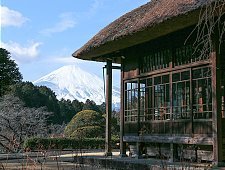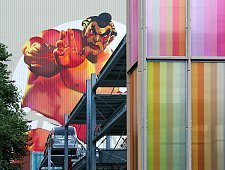Getting crafty in Mashiko
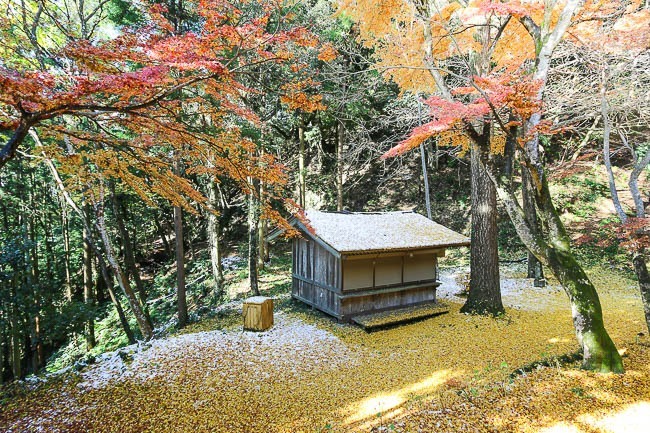
Mashiko is a town in Tochigi Prefecture that is famous for its ceramics, Mashiko-yaki. Being a pottery craftsman town, there is a lot of emphasis on hands-on creation and local wares. The city is about two hours north of Tokyo (three hours if you take local trains) and is a do-able day trip from Tokyo, or even better, part of a multi-day trip combining the north-western region of Tochigi Prefecture: Nikko, and the hot spring towns of Nasu and Shiobara.
For our late autumn edition of the Chotto Zeitaku series, I made my way to Mashiko to indulge in a bit of traditional craftsmanship and check out some ateliers in the area. The interesting part of the town is the Jonaizaka area, about 15 minutes from Mashiko Station. The main street in Jonaizaka is lined with shops selling ceramic wares, pottery studios, ateliers and restaurants.
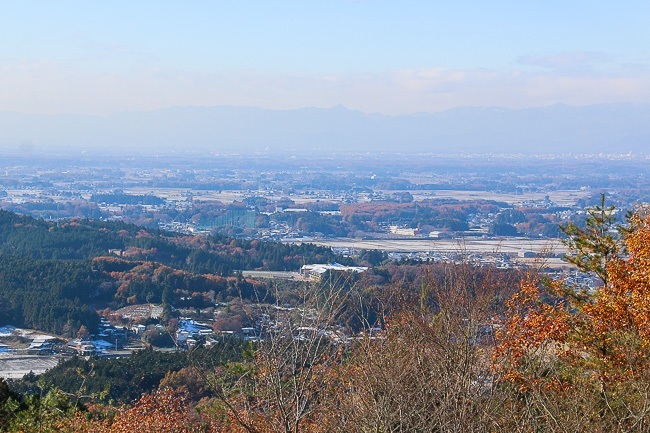
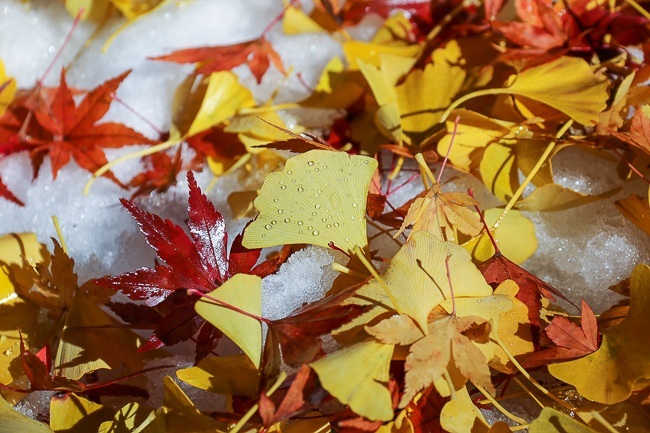
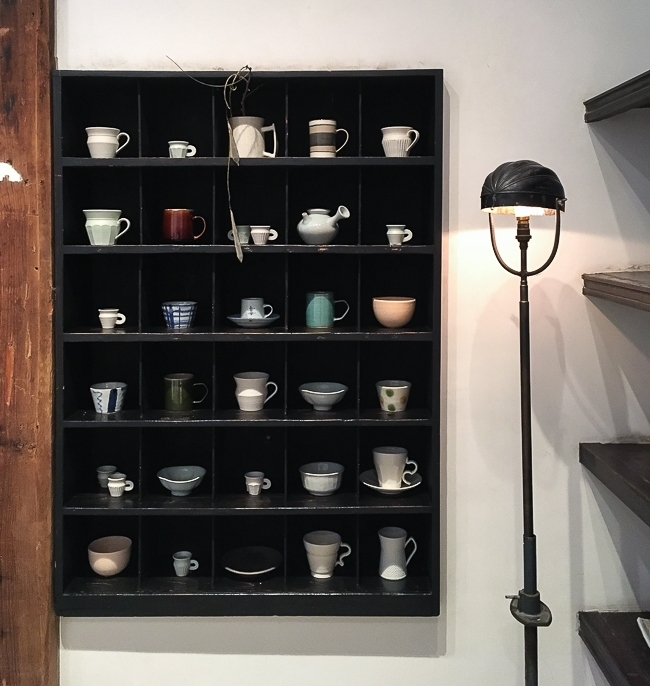
The town is easy enough to cover on foot or rental cycle if you're arriving by train and plan to stick to around the Jonaizaka area. I would definitely recommend getting a rental car for those who do not have much time but want to explore the area fully. The nearest rental car agencies can be found at Moka Station, about a 20-minute drive from Mashiko. Many of the businesses have relatively short opening hours, typically from 11:00, and close between 16:00 and 17:00.
For this trip, I opted for a rather eclectic mix of places, covering all bases of history, tradition, culture and contemporary. I started off the day at Saimyoji Temple located along the slopes of the 250-meter high Mount Takadate. The temple was first constructed in 737 and rebuilt again in 1178 after a fire destroyed everything. Several of the buildings have been renovated and reconstructed in the centuries since then. Three of the temple buildings: the main hall, the three-storied pagoda and the Sakuramon gate, are designated national Important Cultural Properties.
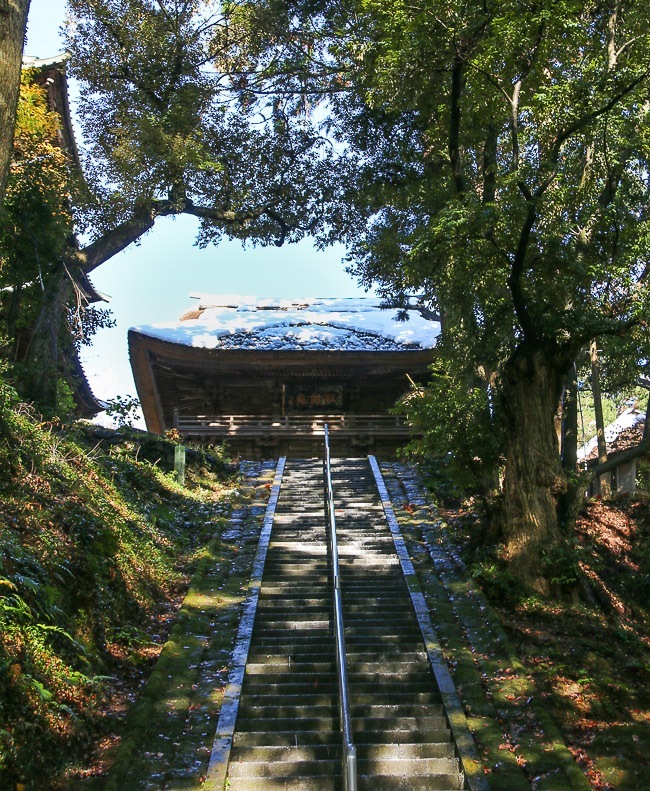
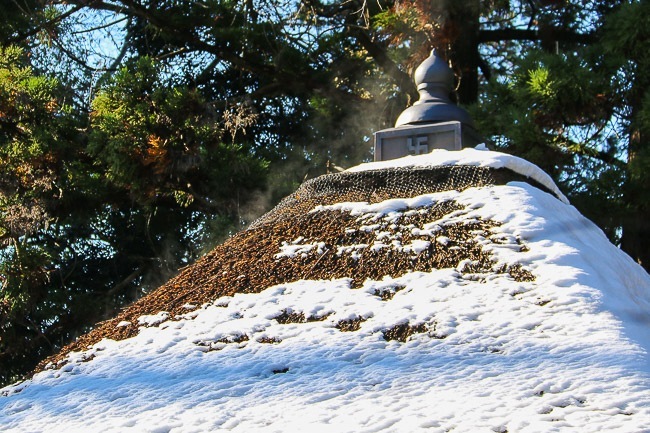
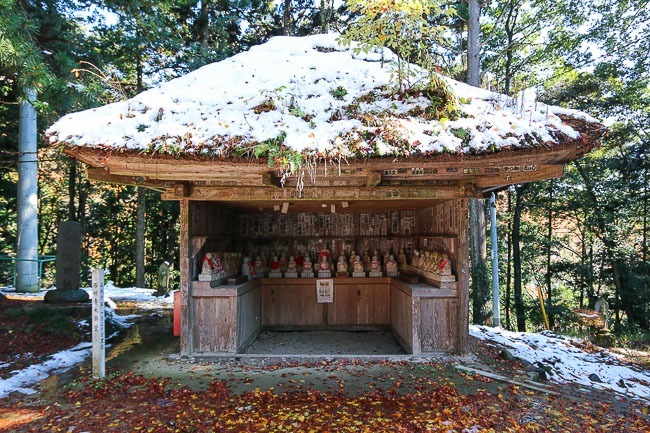
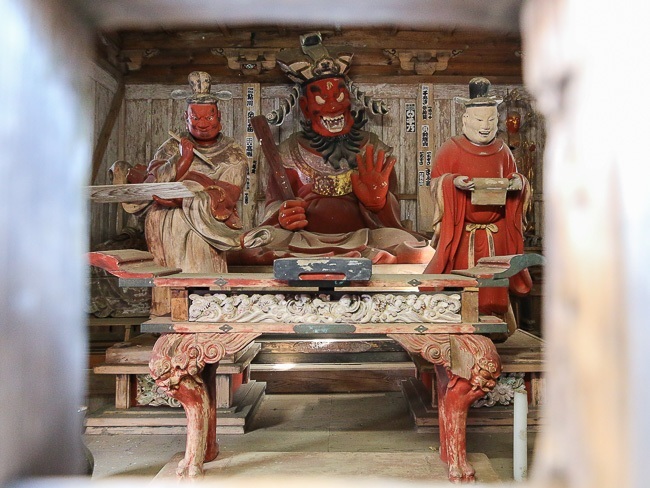
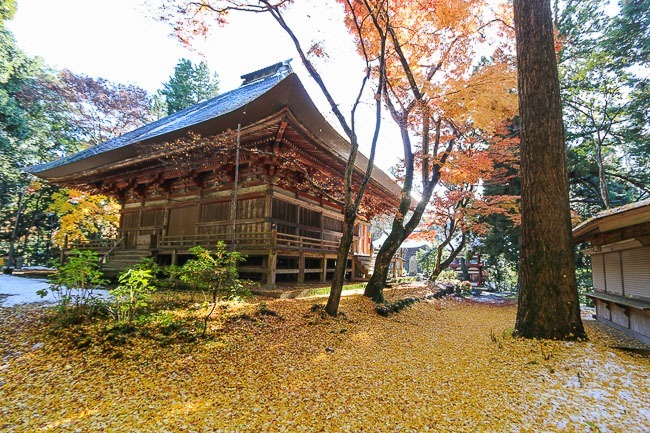
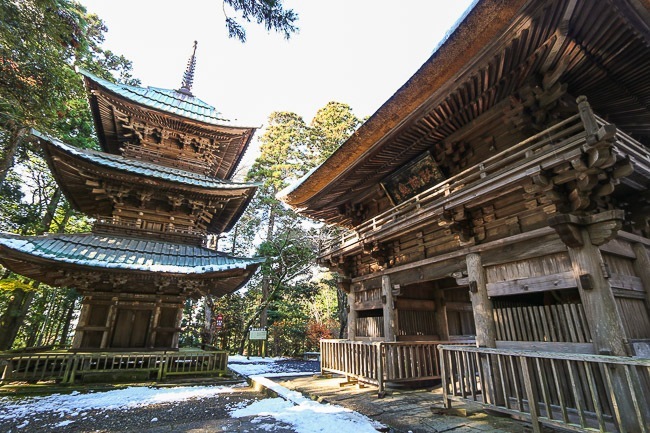
Being slightly off the tourist route in Mashiko, there were few visitors at the temple when I was there. The temple is surrounded by lots of greenery, and there's a hiking course that leads to the top of Mount Takadate. I felt very fortunate to be able to enjoy the serenity and fall colors surrounded by structures built centuries before I was born.
One of the unexpected things about Mashiko are the modern ateliers that resemble Scandinavian design showrooms. I wasn't expecting to see such businesses in town, and the best part of all is that not only do these ateliers carry local ceramics, they also carry local fashion labels and goods. I visited a number of these shops and was impressed by the curation of their products. It almost felt that each shop was related to the next, despite being independent from the other.
There was that antique shop, Nihei Furukagu that had lots of vintage furniture sourced from all over the country and restored with love. Pejite is part ceramics gallery and part fashion boutique, housed in what looked like a restored warehouse with a high exposed rafters, complete with a wood heater to keep toasty in the winter. And finally, the one stop shop, Starnet, that had a boutique, gallery, cafe and a small produce shop.
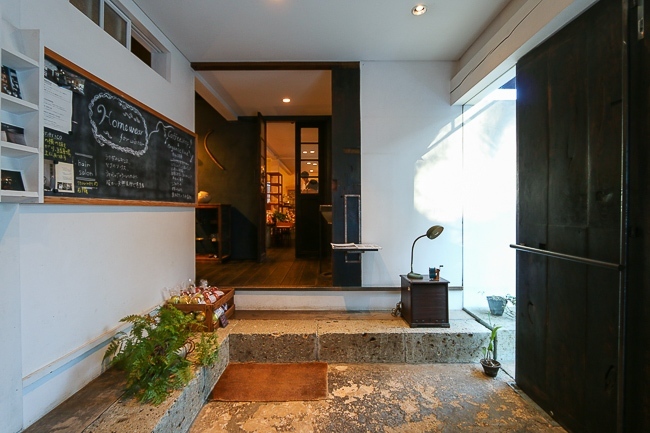
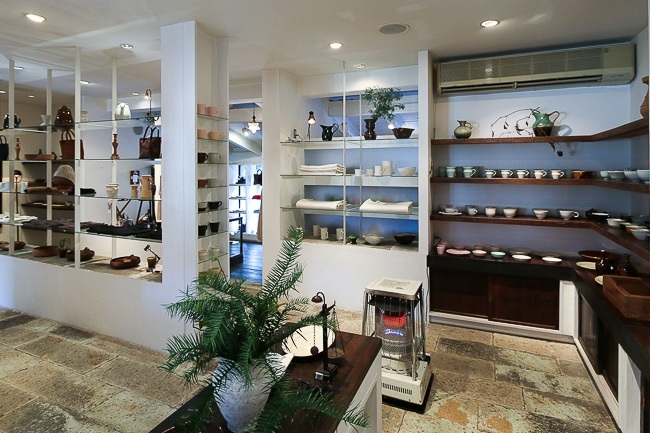
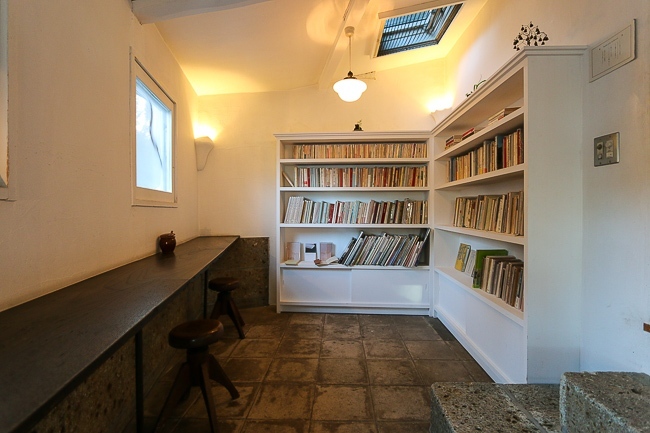
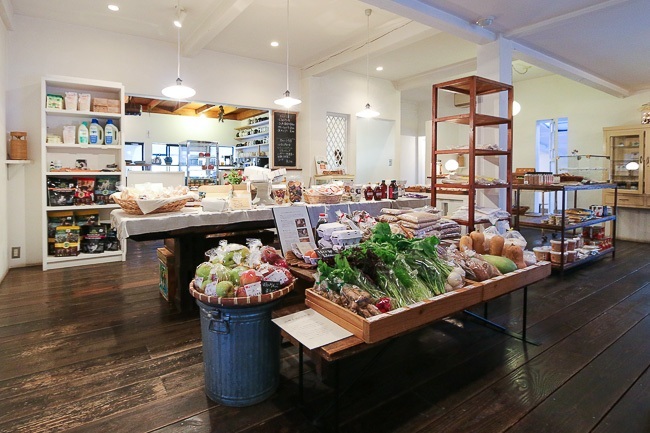
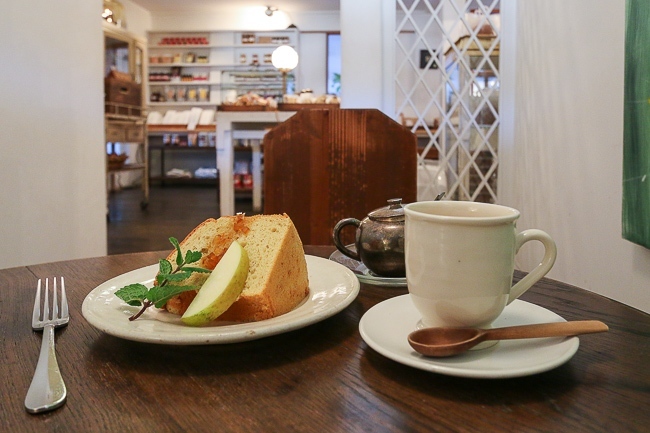
I could see myself going to Mashiko in the winter and enjoying a "hygge" time at the cafes and galleries with my friends. (Hygge is a Danish term and concept that loosely translates to being surrounded by everything good in your life with the people you love, creating that warm feeling of happiness and contentment.)
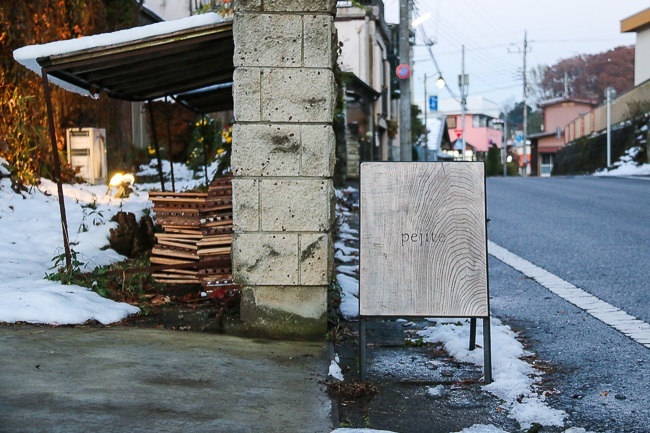
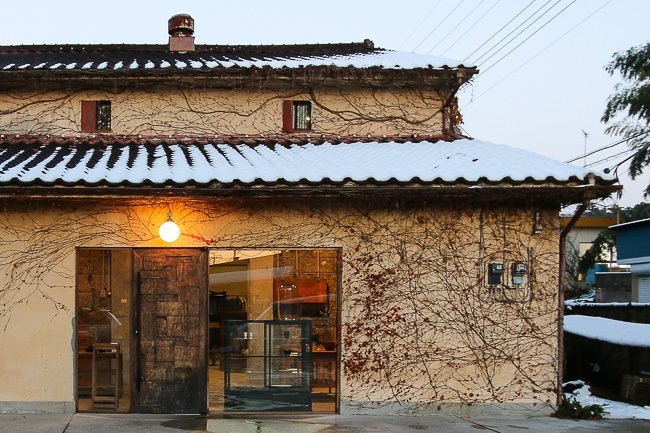
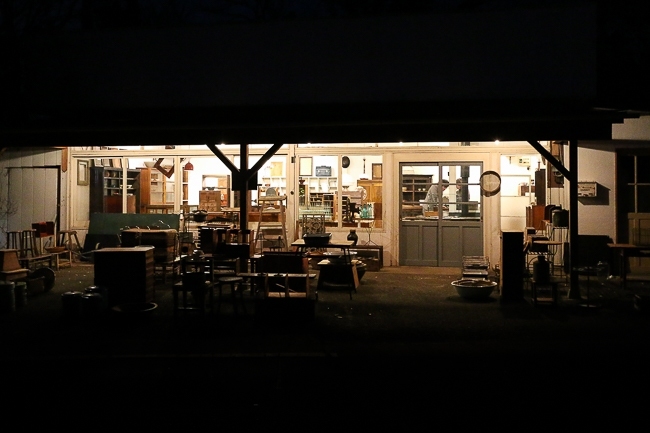
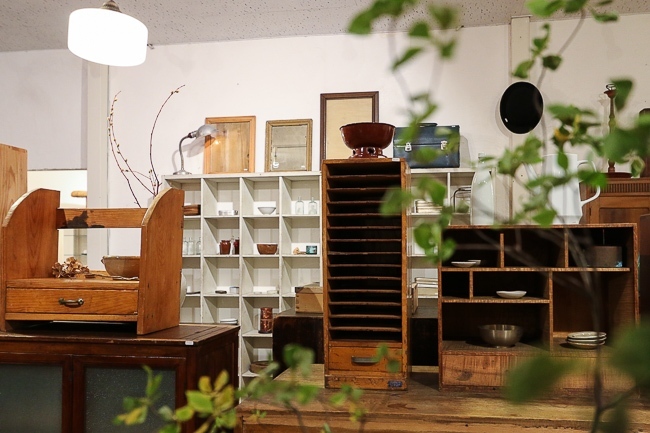
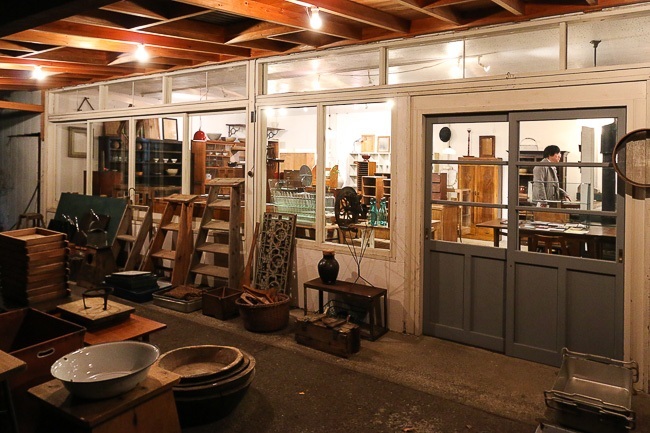
Of course, no trip to Mashiko would be completed without experiencing the craft that the town is famous for, pottery. There are a number of studios in the town that offer various types of pottery experiences: painting a ceramic plate, hand formed and electric wheel pottery. Reservations are typically recommended for these hands-on activities, but I managed to get into a class without prior reservations. It seems that mornings are the busier times as that is when tour groups arrive, and it gets less crowded towards the afternoon. I went for the electric wheel pottery session at one of the studios which was a 2-hour activity which included a quick lesson on how to guide and work the clay to your desired shape.
I had initially thought that two hours was a little long, but it went by in a blink of an eye. The teacher was always attentive and made sure we were not making misshapened monstrosities by checking on our work frequently. The staff trim, glaze and fire the ceramics at a later date, and completed works are mailed to your home address (or picked up after completion if you so wished.) My masterpieces will take about two to three months to be completed and I'm pretty sure that I'd forget about it in the weeks to come. Looking forward to the expected surprise in 2017, kinda like a belated Christmas present or Valentine's Day gift to myself!
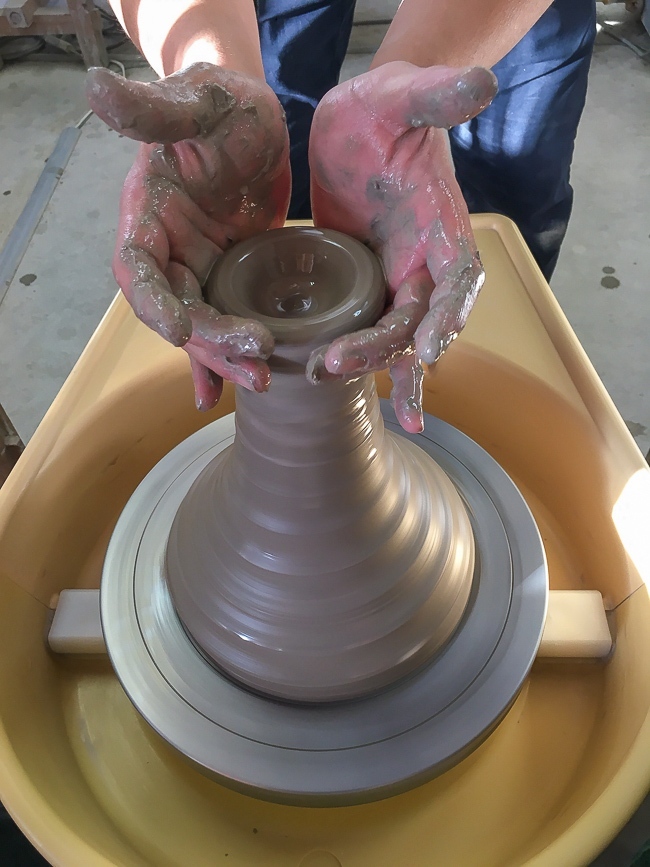
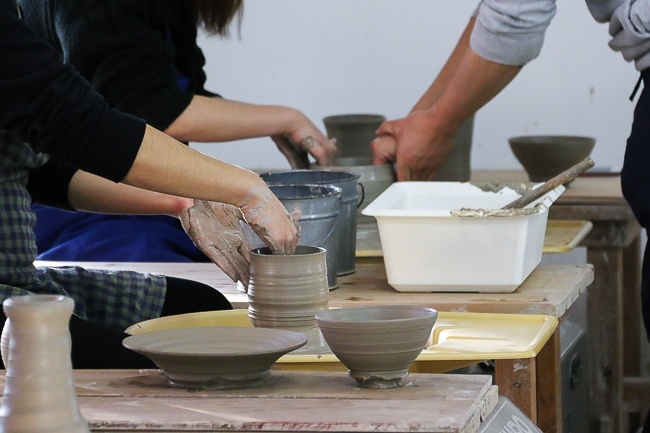
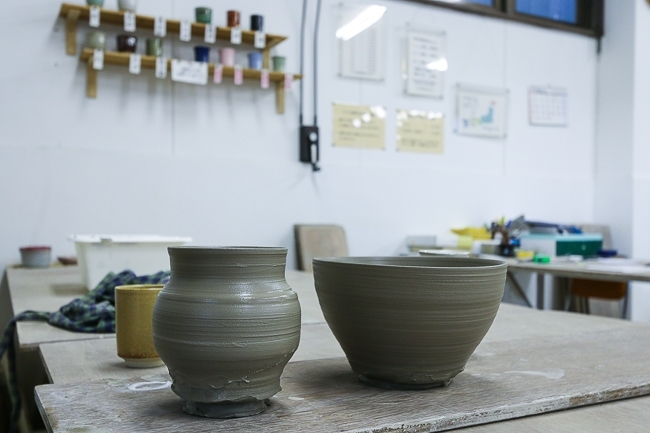
All in all, Mashiko was great as a side trip for those who want to experience craft and local works. There are lots of other ateliers and bakeries that I wished I had time for, but given the relatively short business hours in Mashiko, it only means I'd have to go back a few more times to get my fill of quietly hip local businesses in a small town. You've been great Mashiko, and I'll be seeing you again.

